ASTM
ASTM is the abbreviation for the American Society for Testing & Materials which is the governing body that publishes specifications that cover the ordering of steel, types of testing required and types of tubing produced among others. The ASTM website has a complete listing of specifications that you can search for more information.When selecting steel pipes for construction or foundation work, two common standards appear: ASTM A252 and ASTM A500.Although both define carbon steel pipes, their applications and properties are very different.
ASTM A252
ASTM A252 specifications covers welded and seamless steel pipe piles.Typical ASTM A252 Mechanical Properties
|
Grade
|
Yield Strength (MPa)
|
Tensile Strength (MPa)
|
Common Application
|
|
Grade 1
|
207
|
310
|
Light-duty piling
|
|
Grade 2
|
240
|
415
|
Medium-duty foundations
|
|
Grade 3
|
310
|
455
|
Heavy or marine piling
|
ASTM A500
ASTM A500 is a specification for cold formed welded and seamless carbon steel structural tubing. Rounds and shapes such as square and rectangle are covered under this specification.It is manufactured by electric resistance welding (ERW) and used in frames, columns, and building supports.
Unlike ASTM A252, it is not intended for deep foundation or axial load applications.
Differences Between ASTM A252 and ASTM A500 Structural Pipe
ASTM A252 primarily covers welded and seamless steel tubes used as steel pile foundations. These tubes are deeply embedded in the ground, serving as permanent load-bearing components or forming the shell of cast-in-place concrete piles, specifically designed to support the foundation portions of buildings, bridges, and other large structures.
The core function of A252 pipe piles is to bear vertical loads and transfer the structural weight to deeper, stable soil or rock. Their design prioritizes bending strength and impact resistance to withstand the significant impacts during piling.
In contrast, ASTM A500 is a specification for cold-formed welded and seamless carbon structural steel tubes, primarily used in above-ground structural engineering. It is the most common hollow structural steel section (HSS) specification in North America, widely used in building frames, bridge components, machinery supports, and communication towers.
A500 steel tubes offer significant advantages in strength-to-weight ratio, aesthetics, and ease of construction, making them suitable for applications requiring both load-bearing capacity and visual appeal.
Special Treatments and Corrosion Protection Measures
Both types of steel pipes can undergo corrosion protection treatments, but the common methods differ:
A252 steel pipes are typically hot-dip galvanized (especially for above-ground sections), with a zinc coating thickness generally ranging from 200-500 g/m² (30-70 μm). This treatment provides essential corrosion protection for the steel piles, particularly in humid or corrosive soil environments.
A500 steel pipes offer more surface treatment options, including bare surfaces, painting, oiling, galvanizing, 3PE coating, and FBE coating. Due to their prevalence in applications requiring high aesthetic standards, A500 steel pipes generally offer superior surface treatment and appearance quality.
In corrosive environments, A500 steel pipes typically require more stringent protection measures because their thinner wall thickness and precise tolerances make them more susceptible to corrosion. In such cases, selecting an appropriate coating system and establishing a regular maintenance schedule are crucial.






 English
English Español
Español بالعربية
بالعربية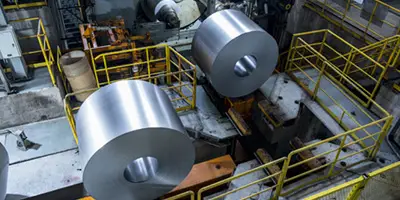

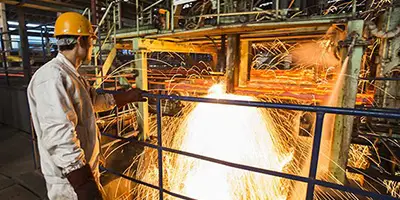
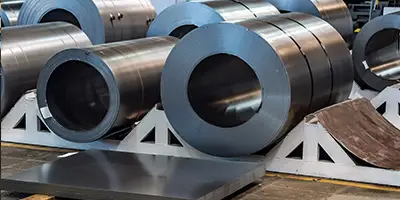

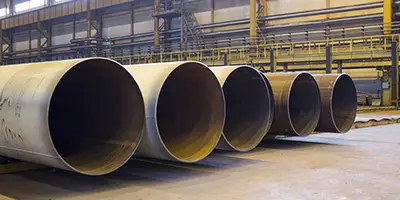
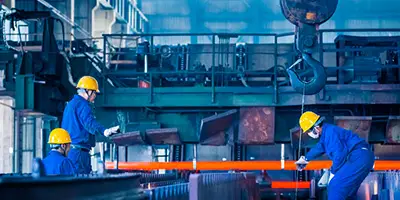


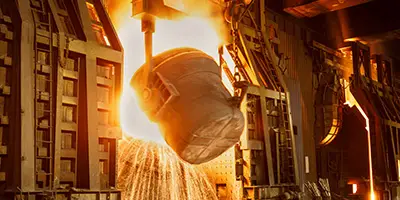

 Phone :
Phone :  Whatsapp :
Whatsapp :  Email :
Email : 


